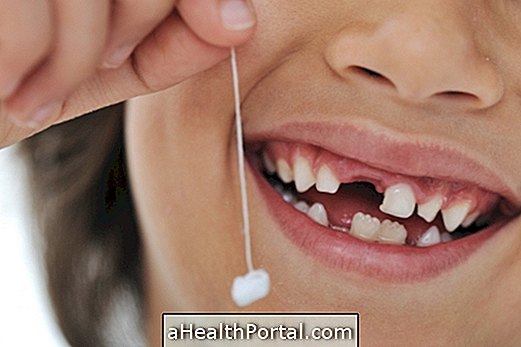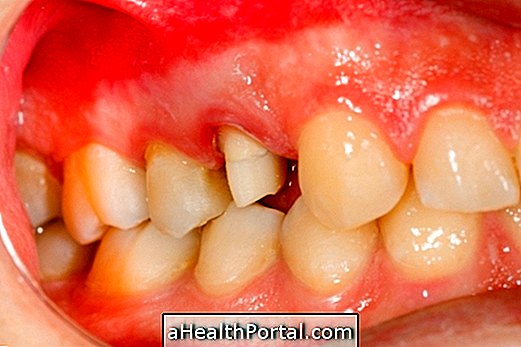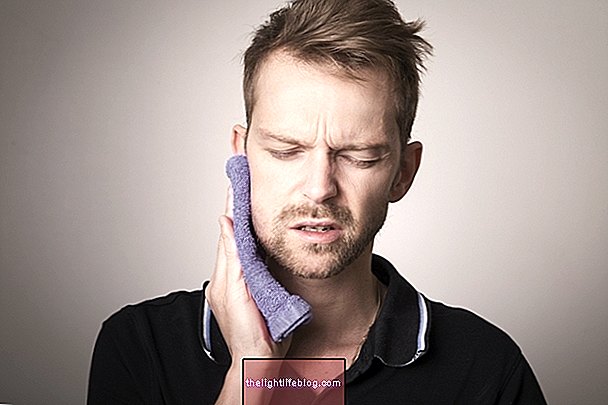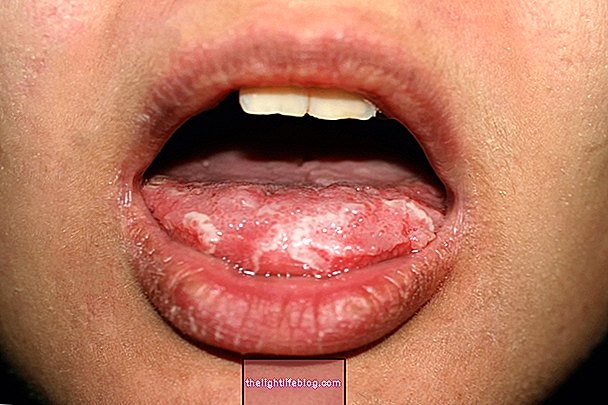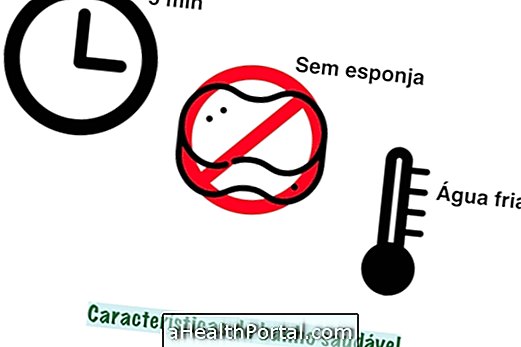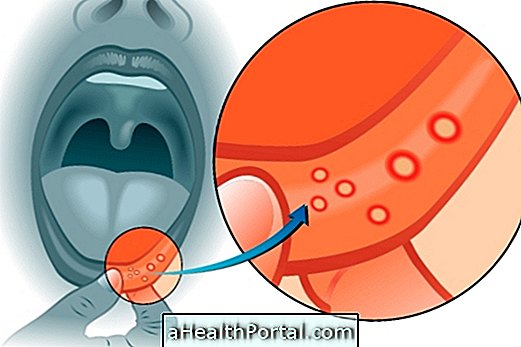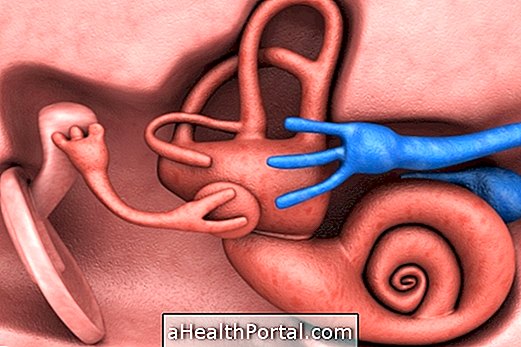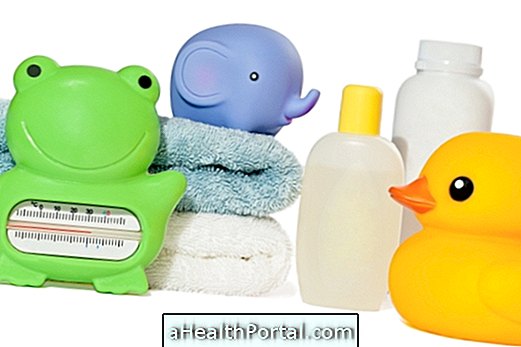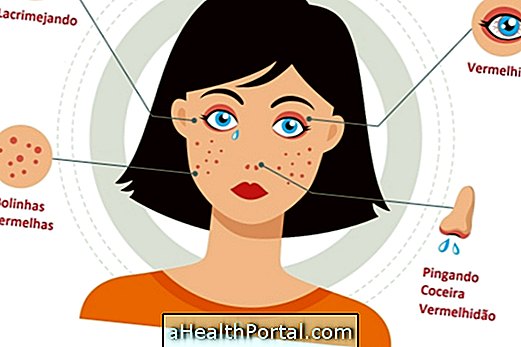Soft teeth are considered normal when they happen during childhood, because it corresponds to the period when the baby teeth fall out to allow the formation of the definitive dentition.
However, when soft teeth are accompanied by other symptoms such as headache, jaw or bleeding gums, it is important that the dentist is consulted, as it may be indicative of more serious situations and that should be treated according to the orientation of the dentist. dentist.
Regardless of the cause of the soft tooth, it is important that the person has good oral hygiene habits, brushing the teeth after the main meals and using dental floss. This way, it is possible to avoid not only that the teeth become soft, but also other dental changes.

1. Teething change
The soft teeth during childhood is a natural process of the body, because it corresponds to the child's dentition exchange, that is, the period when the teeth popularly known as "milk" fall so that the definitive teeth grow and form the definitive dentition. . The first teeth begin to fall at around 6 - 7 years and can take up to 3 months to be born fully. Check out more details of when the teeth start to fall.
What to do: As it corresponds to a natural process of the organism, specific care is not necessary, it is only indicated that the child has good hygiene habits, such as brushing teeth at least 3 times a day and flossing.
2. Stroke in the face
In some cases, after a strong blow to the face, it is possible to feel that the teeth are softer, because there may have been involvement of the periodontal ligaments, which are responsible for keeping the tooth stabilized and in place. Thus, due to the compromise of this ligament, it is possible that the teeth lose their firmness and stability and become soft.
What to do: In this case it is important that the dentist is consulted, as it is thus possible to make an assessment and define the severity of the trauma at the site. Thus, according to the dentist's assessment, strategies can be indicated to help stabilize the teeth, such as placing retainers, for example.
In the event that the blow was on the child and the soft tooth is the milk tooth, the dentist may indicate the removal of that tooth, however it is important that the child has some precautions to avoid complications, such as infections in the mouth, for example.
3. Periodontitis
Periodontitis is a condition characterized by chronic inflammation of the gums, due to the excessive proliferation of bacteria, leading to the destruction of the tissue that supports the tooth and leaving it soft. This situation can be identified through signs and symptoms that the person may have, such as bleeding gums during tooth brushing, bad breath, swelling and redness of the gums. Know how to recognize the symptoms of periodontitis.
What to do: If the person has indicative signs of periodontitis, it is important that the dentist is consulted, as it is thus possible to start the treatment in order to prevent softening and loss of teeth. Thus, the dentist can indicate the removal of tartar plaques that are usually present in these cases, in addition to recommending improved brushing, flossing and non-alcoholic mouthwash. See how the treatment for periodontitis should be.
4. Bruxism
Bruxism is a situation in which the person tends to clench and grind their teeth unconsciously during the night, which can make the teeth softer over time. In addition to soft teeth, it is also common for the person to have headache and jaw pain, especially after waking up. See how to identify bruxism.
What to do: After confirming the bruxism, the dentist can indicate the use of a plaque during the night so that the person avoids grinding the teeth and causing their wear. In some cases, the use of some medications that help to alleviate the discomfort caused by bruxism may also be indicated.
Was this information helpful?
Yes No
Your opinion is important! Write here how we can improve our text:
Any questions? Click here to be answered.
Email in which you want to receive a reply:
Check the confirmation email we sent you.
Your name:
Reason for visit:
--- Choose your reason --- DiseaseLive betterHelp another personGain knowledge
Are you a health professional?
NoMedicalPharmaceuticalsNurseNutritionistBiomedicalPhysiotherapistBeauticianOther
